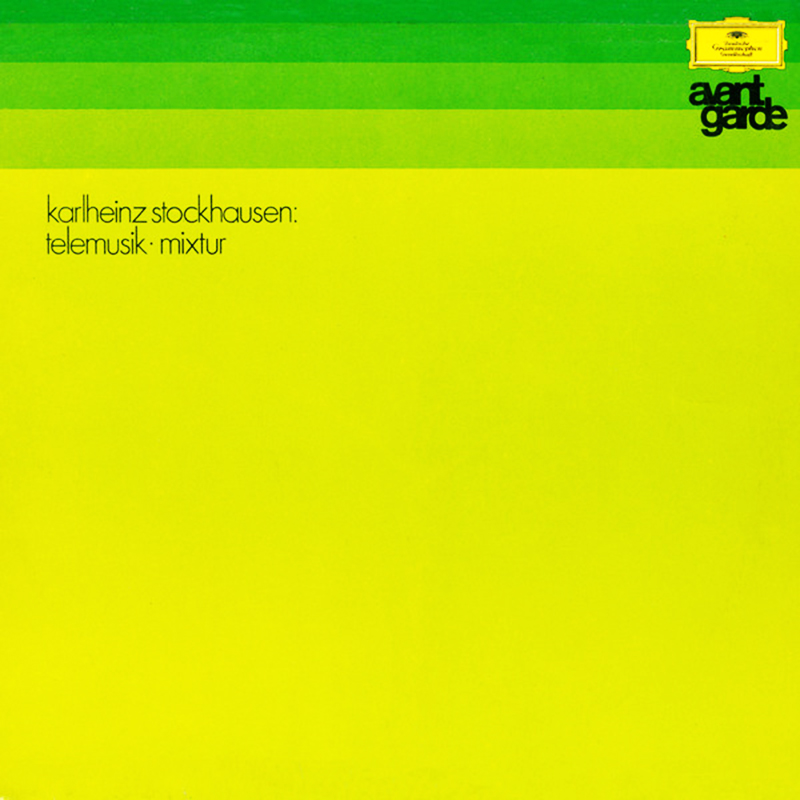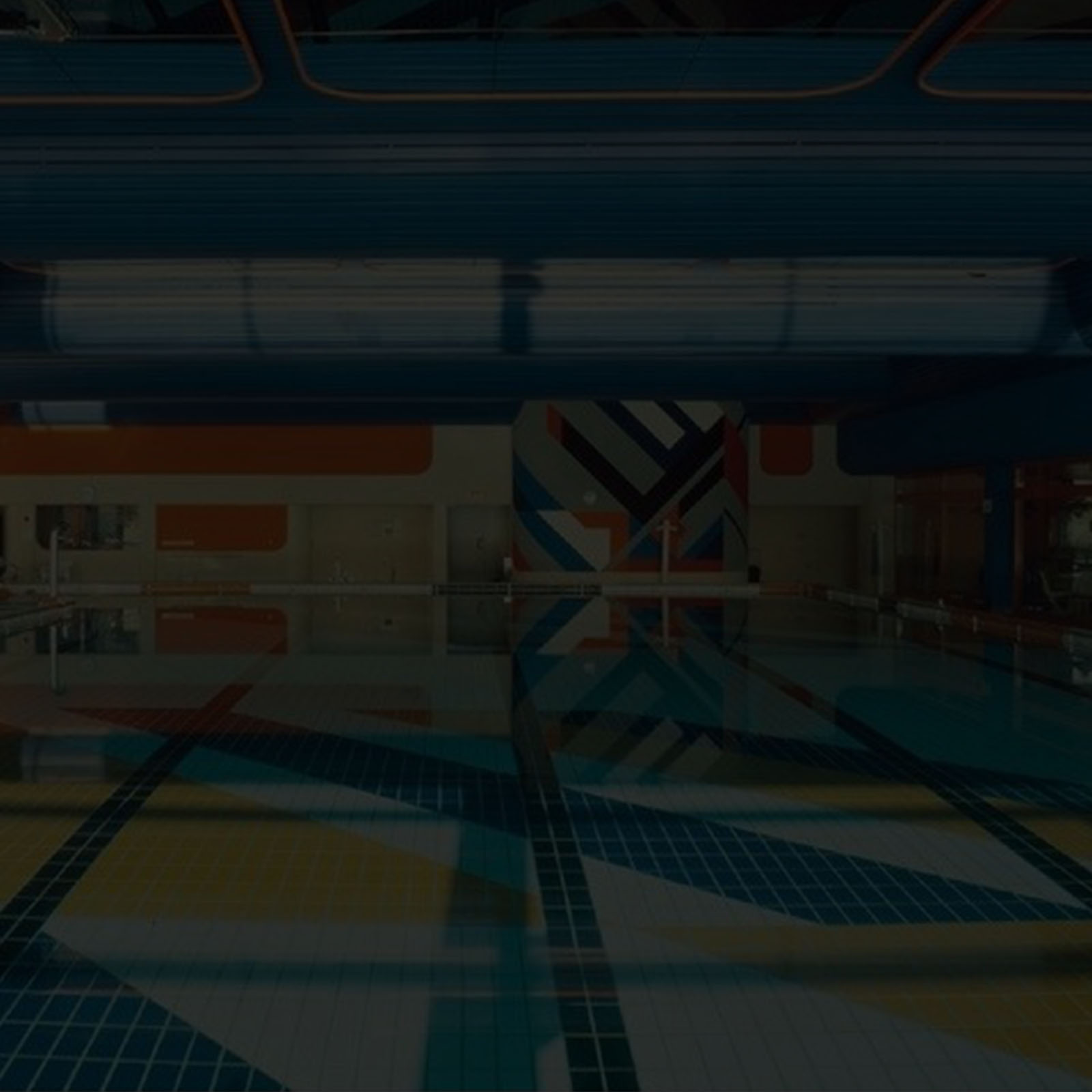Early ElectroMIX is a series to document the history of experimental Electronic music from the 50s to the 80s, composers making use of electronic instruments, test equipment, generators of synthetic signals and sounds… to analog synthesizers…While our sessions document those who make it today my desire is to transmit some pioneering works which paved the way to what we try to create today.
Realizing that most of those seminal recordings were not available I decided to archive them in a contemporary way, DJing-mixing them and while most of the time running several sources together or in medleys I made sure to respect the original intent of each composers as I want to transmit their message rather than mine.
The only one I would dare deliver being that they should not be forgotten…
Philippe Petit / September 2021.
Recorded (15/03/2022) for our series broadcasted on Modular-Station
https://modular-station.com
Tracklist:
Vaclav Nelhybel – Outer Space music (1974 / Folkways) 00:00> 06:38
Galen Wilson – Applications (1969 / Capra) 06:23 > 12:13
Nicolas Schöffer – Percussonor 1 – 2 (1979 / Hungaroton) 11:46 > 20:35
Andrew Rudin – Tragoedia (1968 / Nonesuch) 20:33 > 36:05
Ruth Anderson – So What (1971 / Arc Light Editions) 35:11 > 38:28
Karlheinz Stockhausen – Mixtur (1964) 38:14 > 59:45
Vaclav Nelhybel – Outer Space music (1974 / Folkways)
From the liner notes: “Ingenious use of echo, artificial reverberation and electronic alterations gives the music in this category a weird, spooky futuristic, ‘out of this world’ quality, well-suited to super-natural happenings of any kind. Piano, drums and electronic instruments are used to achieve the strange atmosphere and spatial sounds.” Vaclav Nelhybel crafts a supernatural world, describing nebulae, meteors, star clusters and craters on Mars with sounds natural and manipulated to tell the story of cosmic space.
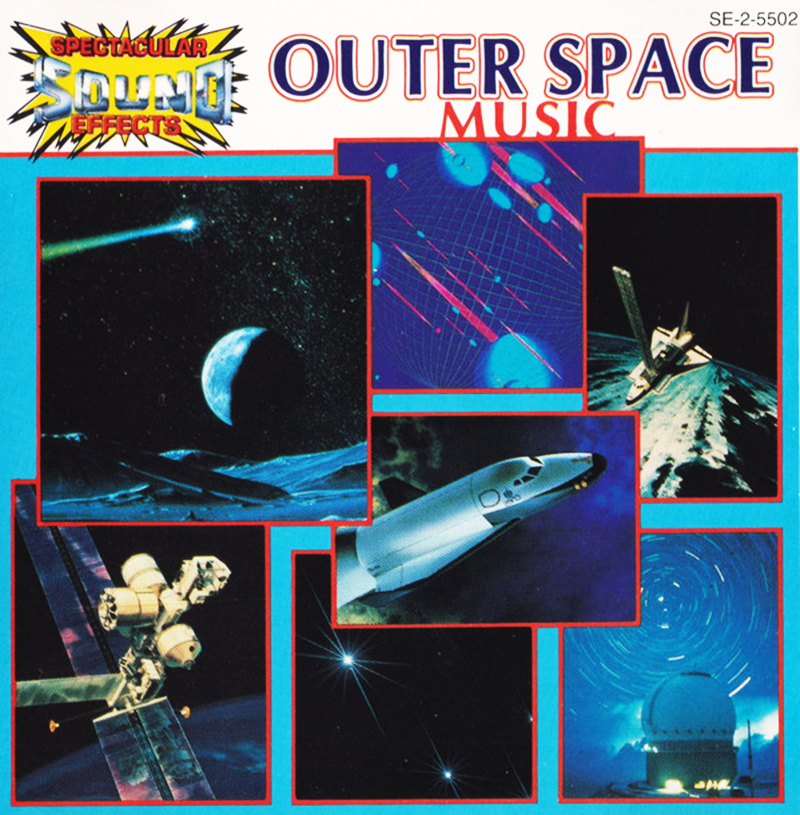
Galen Wilson – Applications (1969 / Capra)
Here’s a composition for Tape from this relatively unknown composer appearing on a nice compilation…
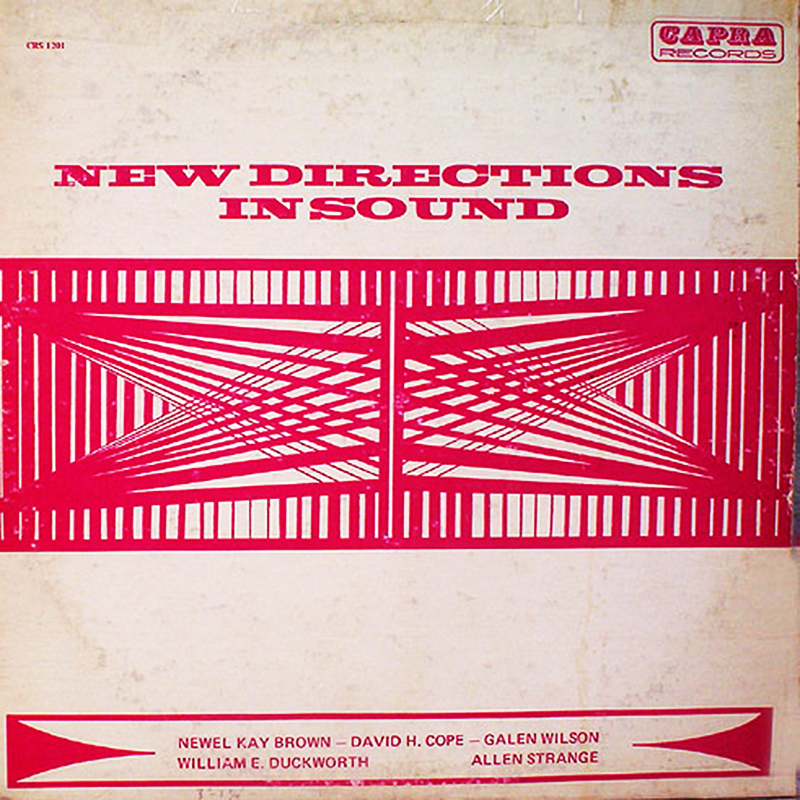
Nicolas Schöffer – Hommage À Bartók / Percussonor 1 – 2 (1979 / Hungaroton)
Nicolas Schöffer was a Hungarian-born French cybernetic artist who built his artworks on cybernetic theories of feedback interactivity primarily based on the ideas of Norbert Wiener. His kinetic art sculpture “CYSP 1” from 1956, that made use of electronic computations developed by the Philips Company, is considered the first cybernetic sculpture in art history. The sculpture is set on a base mounted on four rollers, which contains the mechanism and the electronic brain. The plates are operated by small motors located under their axis. Photo-electric cells and a microphone built into the sculpture catch all the variations in the fields of color, light intensity and sound intensity.

Andrew Rudin – Tragoedia (1968 / Nonesuch)
After featuring Morton Subotnick’s « Silver Apples Of The Moon » the label Nonesuch commissioned Andrew Rudin, a Texan who taught for several decades at University of the Arts in Philadelphia, to create this epic album. Tragoedia was made with an early Moog synthesizer and thought like a Greek tragedy with its familiar four-movement structure, a synthesized symphony, a modern microtonal organism built from rhythm and timbre but supported by a traditional skeleton. Federico Fellini incorporated excerpts from it (without the composer’s permission) in the soundtrack to his Satyricon.
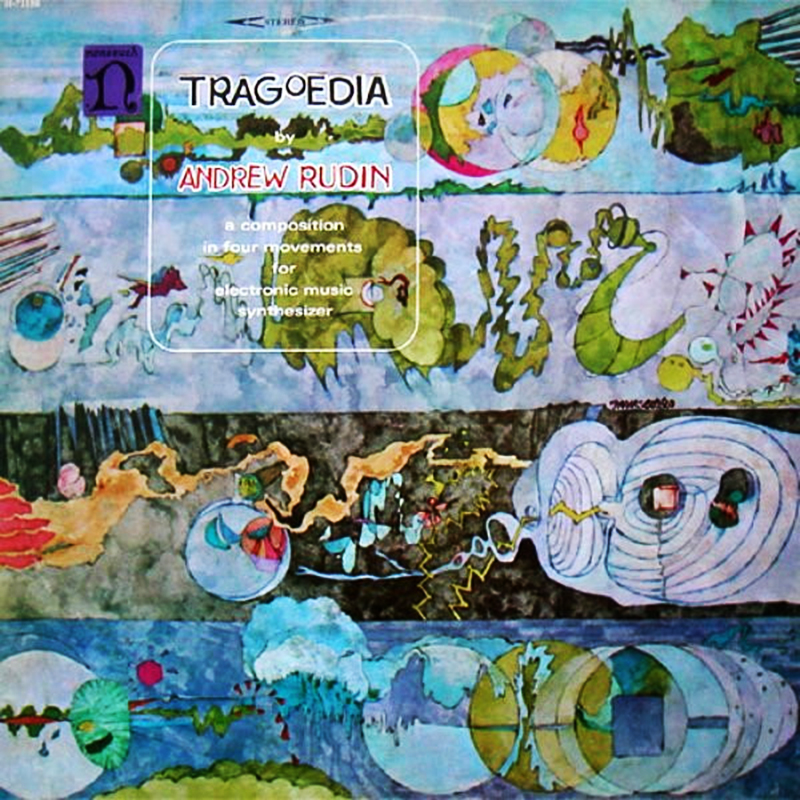
Ruth Anderson – So What (1971 / Arc Light Editions)
Ruth Anderson was a composer of electronic music and biofeedback works who spent most of the 1950s as a flautist with The Totenberg Instrumental Ensemble. After two years of study with Nadia Boulanger and Darius Milhaud in Paris, Anderson moved to New York in 1960 and spent time as a freelance composer, orchestrator, and choral arranger for NBC-TV, and later for Lincoln Center Theater.
Anderson had also studied electronic music with Vladimir Ussachevsky and Pril Smiley at the Columbia-Princeton Electronic Music Center. Two years later in 1966 she founded, designed and managed the Hunter College Electronic Music Studio, and became one of the first women to establish a teaching studio in the US.
At Hunter, Anderson met her lifelong spouse and partner, the composer Annea Lockwood. Together, they continued researching the healing properties of sound, collaborating on participatory sound environments, developing the Hearing Studies (to be published in 2021 by Open Space) and team-teaching a pioneering course, “Living Women, Living Music”, designed to remedy the ignorance of women’s contribution to music.
Her music has been recorded on Arc Light Editions (2020), CRI/New World, XI, 1750 Arch Records, Opus One. Her last electronic composition, ‘Resolutions’, will be released on the Ergot label in 2021 together with her‘Conversations’(1973), and Lockwood’s ‘For Ruth’ (2021).
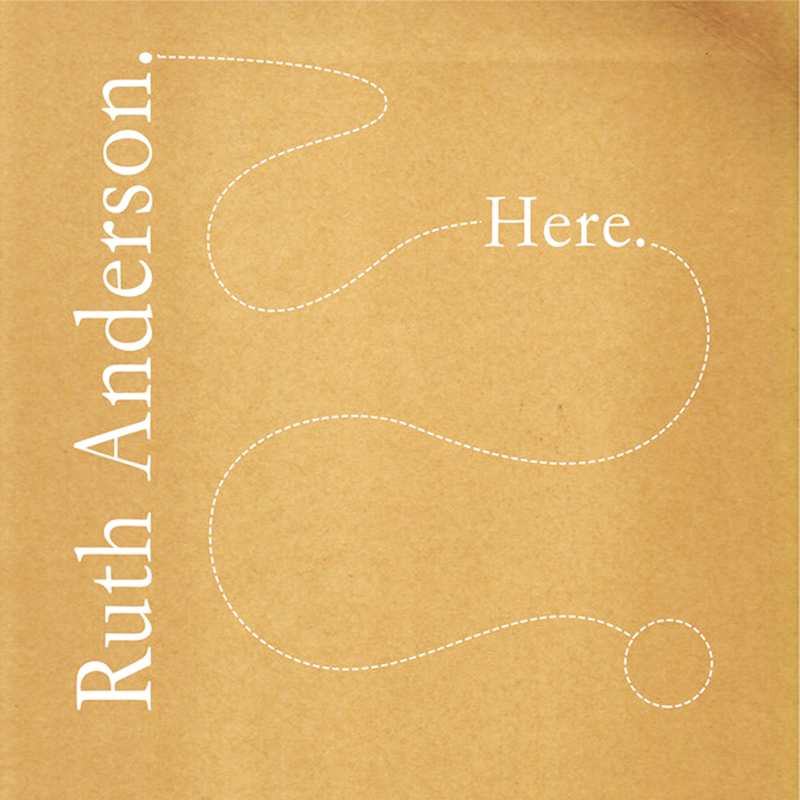
Karlheinz Stockhausen – Mixtur (1964 / Deutsche Grammophon)
Karlheinz Stockhausen was a German composer, known for his groundbreaking work in electronic music, for introducing controlled chance (aleatory techniques or aleatoric musical techniques) into serial composition, and for musical spatialization.
Mixtur is one of the earliest compositions for orchestra with live electronics : 4 sine-wave generators, and 4 ring modulators.
The original version for large orchestra was premiered on 9 November 1965 at the Norddeutscher Rundfunk, Hamburg.
The orchestra is divided into five groups, each of a particular timbre: Holz (woodwinds), Blech (brass), Schlagzeug (percussion), Pizzicato (plucked strings), and Streicher (bowed strings). The sounds from each group except the percussion are picked up by microphones and ring modulated with sine tones, producing transformations of the natural timbres, microtonal pitch inflections, and—when the sine tone frequencies fall below about 16 Hz—rhythmic transformations as well.
